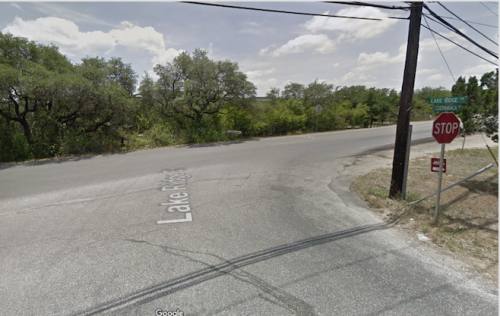While construction may still be years away, the wheels were put into motion in January to begin funding safety improvements on Cuernavaca Drive in the Westlake area.
The Travis County Transportation and Natural Resource Department is requesting $1.9 million in funding from the Capital Area Metropolitan Planning Organization to begin the engineering and right of way acquisition for Cuernavaca road improvements, TNR Project Manager Charlie Watts said. The funding would allow the project to be “shovel-ready,” he said.
Still in the early stages of development, the safety project would add protected turn lanes at a number of not-yet determined Cuernavaca intersections, located between Bee Caves Road to Mecca Road, Watts said. A 4- to 6-foot paved shoulder would also be added along the same stretch of road. The total project cost is estimated to be approximately $14.5 million, he said.
“This was based on comments we receive from residents who live off Cuernavaca Drive,” he said. “With additional traffic on Cuernavaca in recent years, intersection improvements are needed, and not having paved shoulders is a safety issue. The roadway is small with little opportunity to pull off to the side or for bicyclists to get out of the traffic lane.”
Is funding likely?
The Cuernavaca safety improvements was one of seven projects Travis County TNR submitted to CAMPO for potential funding, Watts said. CAMPO, which put out a call to allocate federal funds for local projects between 2019-22, received over 100 submissions in January totaling $1.5 billion.
Only $400 million of funding is available for projects, and only $150 million of that is allocated to non-state owned roadways, such as Cuernavaca, he said.
However, because the project was being considered for the 2017 Travis County bond program, Watts said the need for the project is well-known.
By requesting only the preliminary project costs instead of the full cost of construction, he said he feels the project has a better chance of being selected.
“A lot of discussion has been had at the county level to get this project ready,” Watts said. “When future [funding opportunities] do come around those projects have a leg up because they’re further along.”
If selected by CAMPO, funding could be awarded at any time during the 2019-22 window. After that, the project should take a year and a half to get shovel-ready, he said. Funding for the project’s construction could be sought through a future bond program or a future CAMPO call for federal funding.
Similarly, if the project is not selected by CAMPO this time, TNR would have to look at alternative funding methods in the future to get the project shovel-ready.






